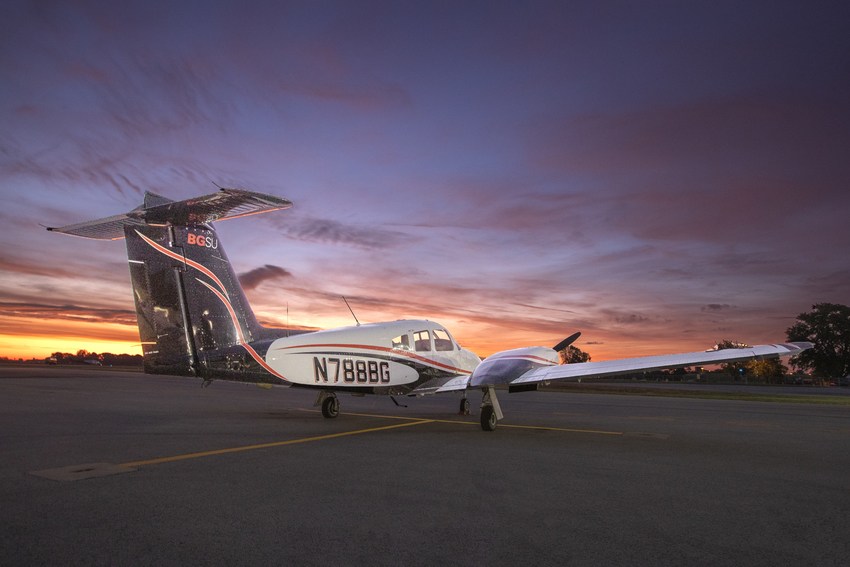
From vision to reality: The founding of BGSU in 1910
Estimated Reading Time:
On Founders Day 2023, take a trip back in time to witness the battles and triumphs to establish Bowling Green State University 113 years ago.
By Victoria Dugger
When Bowling Green State University marks its Founders Day this year, the University will celebrate 113 years of being a public university for the public good, right from the very start.
From the University’s hard-fought beginnings in 1910 to today’s celebrations that mark the occasion, we’re dusting off the pages of history and delving into the archives on a journey to discover more about the the beginnings of BGSU.
Founders Day is more than just a date — it's where our story begins and, as is the case with many things in life, ultimately we have teachers to thank.
In 1910, after at least a decade of effort, legislation was passed that called for two more normal schools to be established in Ohio. But the road to expand teacher-training institutions in Ohio was not a smooth one.
Early area legislators who fought for a new normal school were Republican Ohio Reps. F.P. Riegle of Bowling Green and George H. Reed of Prairie Depot (now Wayne) and Democratic Ohio Sen. Richard A. Beatty of Wood County. Beatty was one of the earliest proponents on record as he introduced a bill calling for a normal school to be located in Bowling Green on Jan. 7, 1908. Beatty’s vote never made it to the legislature, but a bill by Ohio Rep. John Hamilton Lowry of Napoleon proposing “creating a commission to buy sites for two state normal schools” in northern Ohio was presented to the state Committee on Schools.
On Feb. 19, 1910, the committee recommended passage of the Lowry Bill and it came before the House for debate on March 16, 1910. The Lowry Bill passed narrowly and moved to the Ohio Senate, where it was passed after heated debate. Gov. Judson Harmon signed the bill on May 19, 1910, and a sum of $1,000 (a little over $32,000 today) was to be used by the Normal School Commission for expenses in finding and deciding upon a site for the two normal schools.
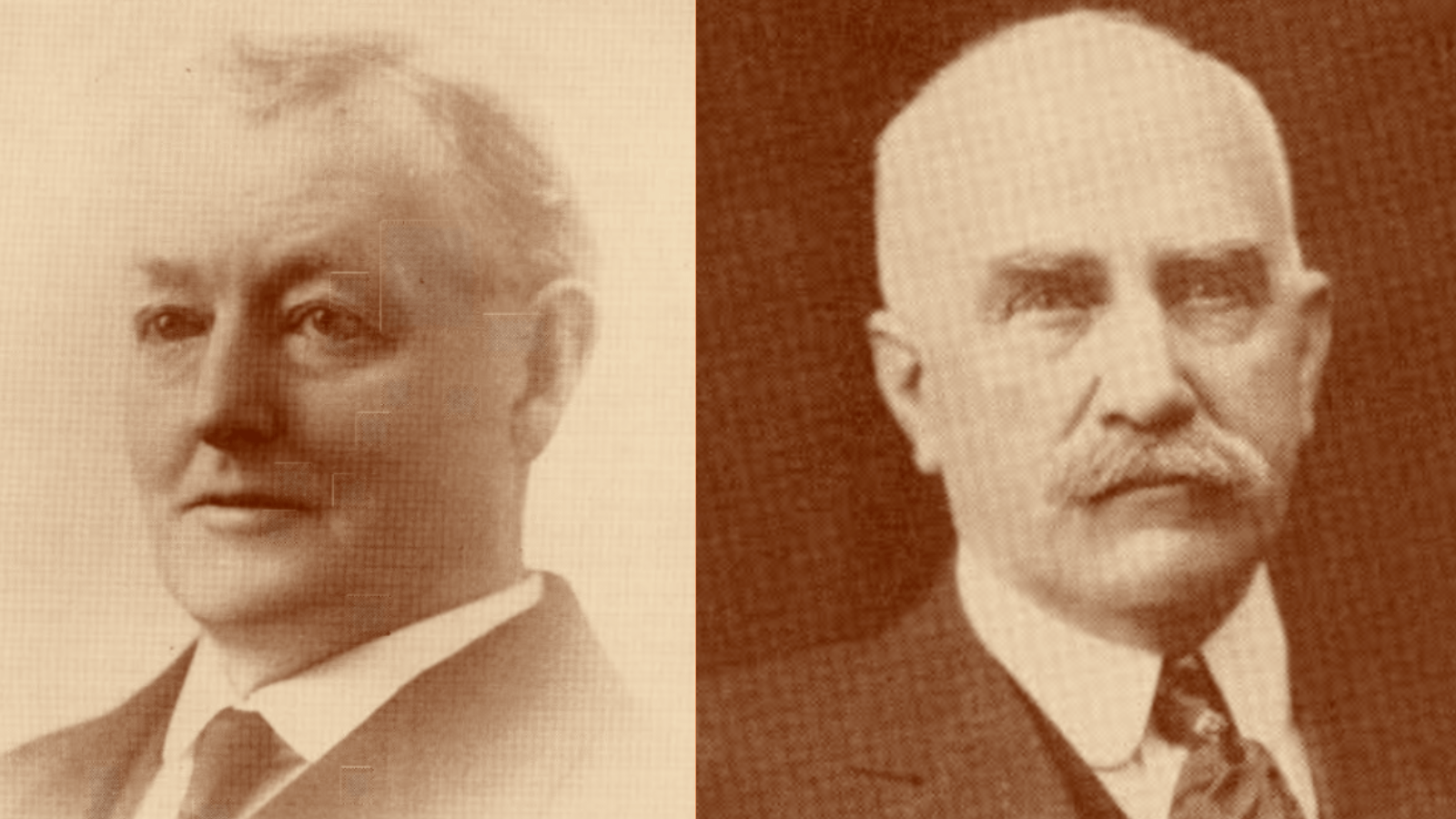
Opposition to the new schools
But why was it such a battle to increase the number of teaching sites in Ohio? According to accounts in the Bee Gee News in 1931, outside opposition to the plan lay with college professors and teachers in the already-established state-supported institutions: Ohio State University, Miami University and Ohio University as well as officials at Ohio Northern, which already offered a normal course.
The Bee Gee News further notes that opposition increased with the addition of officials from small county normal schools, “which were quite numerous throughout northern Ohio at that time in the view of the failure of the state to provide adequate facilities for teacher training.”
Presumably, the opponents didn’t want to lose enrollment and resources with the introduction of more teacher-training sites. The Lowry Bill, then, was worded in an attempt to allay those concerns. The bill’s language called for a normal school in northwestern and northeastern Ohio “to be so located so as to afford all people of each section the advantages of teacher training. Neither school to be located where any other college is located.”
The fight for the site
After the initial battle to establish a normal school in northwestern Ohio was won, a new battle – the fight for the site – began.
Bowling Green and Napoleon both wanted the school but were thought to be ruled out because of political reasons. In turn, Fremont also had its hat in the ring, but leaders there believed that the incoming state armory that was promised to their city would rule it out as a school site. This left Fostoria as the most likely site, it was thought at the time. It would be up to the Normal School Commission to hear bids, reach a decision and report to Gov. Harmon before Dec. 1, 1910.
An announcement on June 15, 1910, that six cities – Fremont, Bowling Green, Norwalk, Pomeroy, Marietta and Manchester - would receive state armory buildings at the cost of $15,000 each (about $483,000 each today, for a total of nearly $3 million) generally led people to think they were out of the running to receive the next normal school.
Amid this site battle, on July 1, the Ohio State Teachers Association elected then-Superintendent Homer Williams of the Sandusky schools to be its president at its 61st meeting at Cedar Point. (Spoiler alert: Williams became the first University president at Bowling Green.)
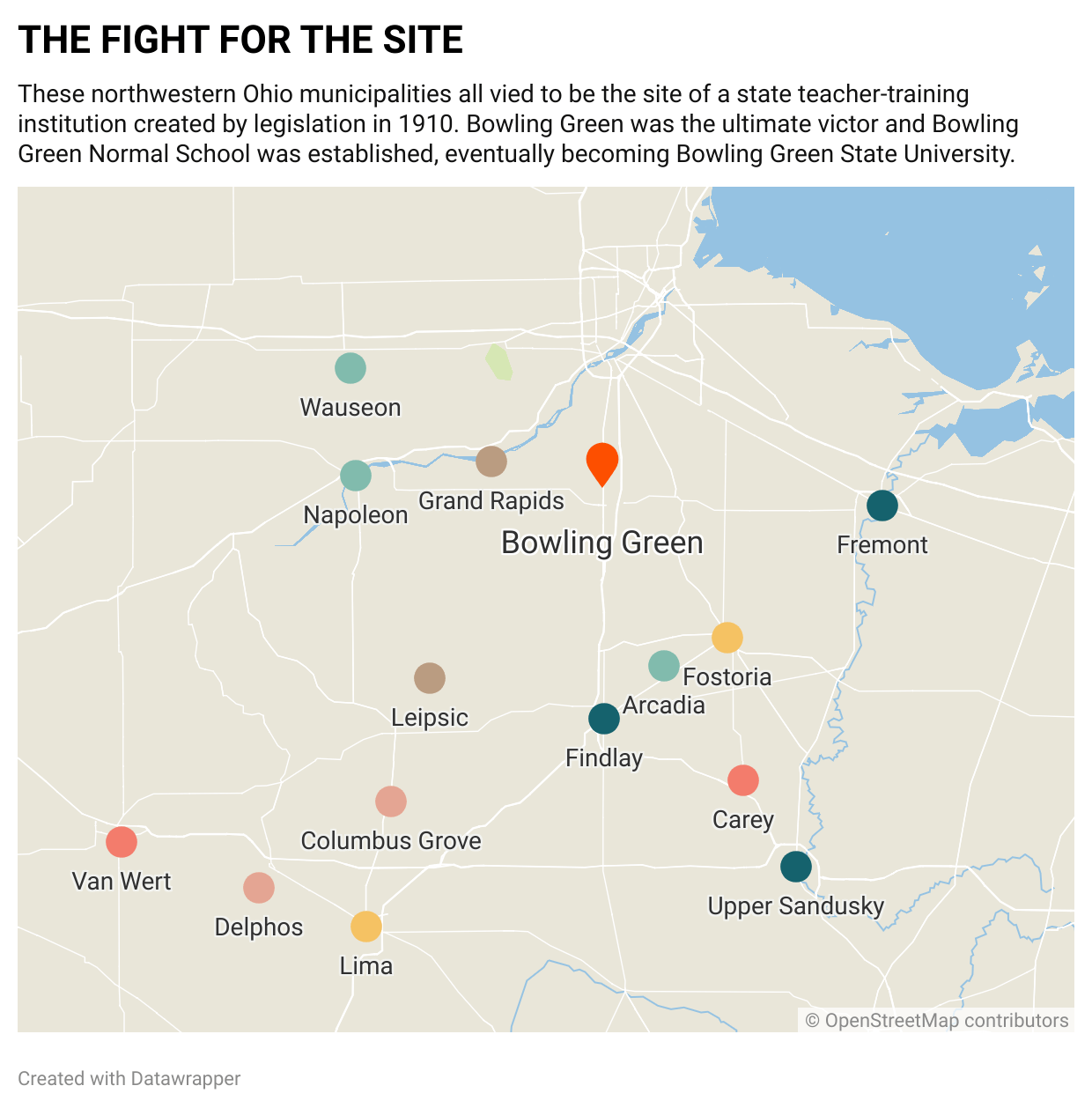
Two days later, on July 3, the Normal School Commission met and early bids for the next school were received from Findlay, Napoleon, Van Wert, Delphos, Leipsic, Fostoria, Fremont and Bowling Green. The commission was made up of five men who were not being paid to serve on the commission.
Why Bowling Green?
A committee in Bowling Green was busy assembling the virtues of the city into a list that it hoped would help secure the normal school site. A Sentinel-Tribune headline on Aug. 18, 1910, read “State Normal School is Knocking at the Gate of Bowling Green,” and the subsequent article discussed the preliminary steps the committee took as well as mentioning that Deshler had entered the race to get the school.
The Normal School Commission asked applicants several questions to determine the suitability of the site:
- How much of a population can be drawn from, within a radius of 25 miles?
- What railroad facilities can your city or village offer?
- What advantages in moral atmosphere can be offered?
- What is the health situation in your locality?
- What suitable sites for the school can be offered to the state in your community?
Bowling Green’s committee offered the following answers to prove the area’s suitability:
- The population within a 25-mile radius was exceptionally large in both rural and urban residents. This radius was just enough to include such places as Toledo, Napoleon, Findlay, Fostoria and scores of small towns. Fremont was just outside of that limit. The total population in the space covered was estimated at 375,000.
- The Toledo and Ohio Central, the Cincinnati, Hamilton and Dayton railroad, and the two electric lines of Toledo, Bowling Green and Southern and Lake Erie, Bowling Green and Napoleon were pointed out as railroad facilities with proximity to Toledo’s great network as a bonus.
- Bowling Green was pointed out to be one of the few cities in the state that was “dry” by local option, “thus affording greater moral atmosphere than many of the other cities in the race, in the argument of B.G. folks.”
- Low death rate in the community was used to illustrate the “healthfulness” of the area.
- “City Park” was named as a possible location for the school and 150 acres were deemed available.
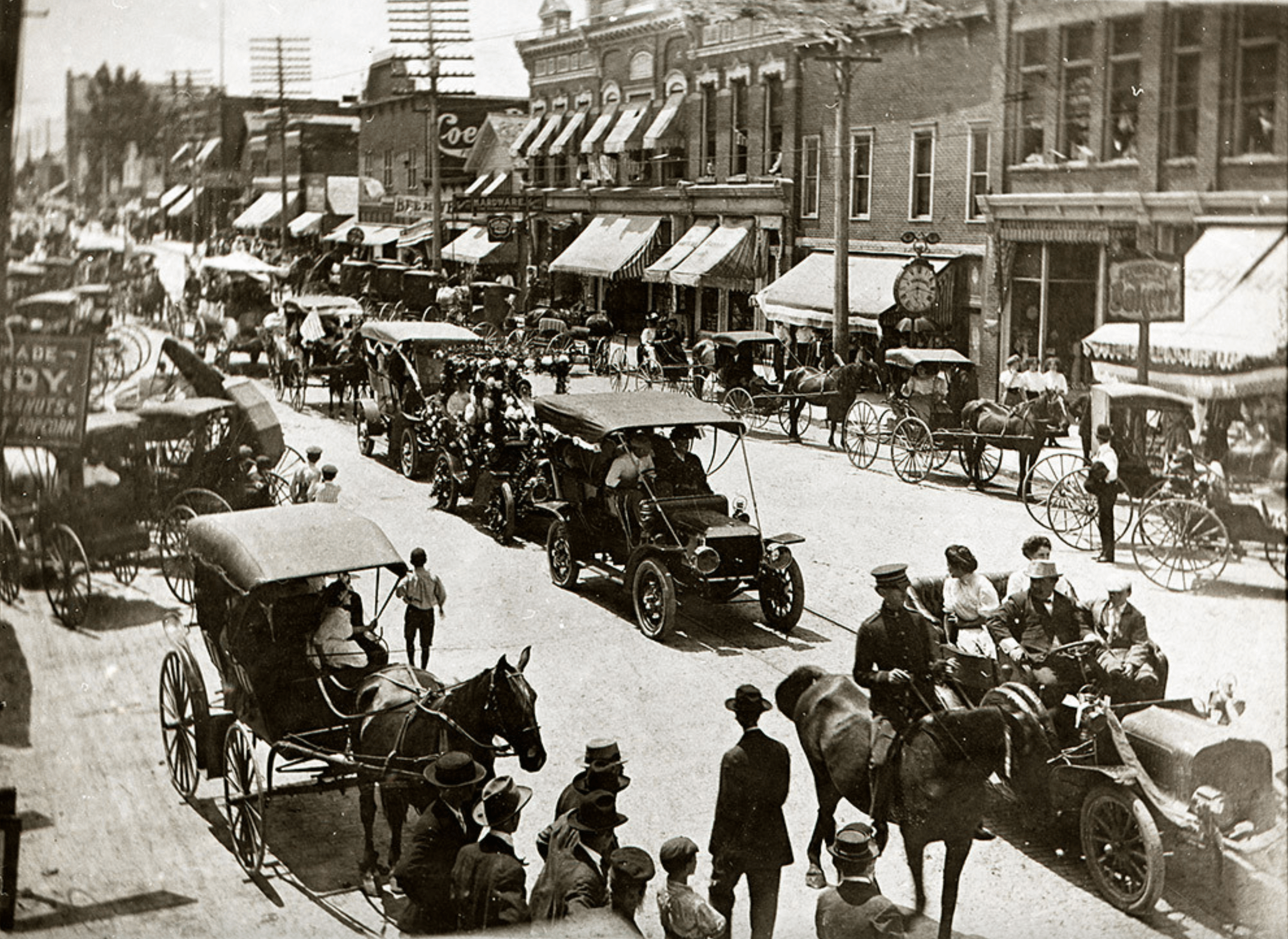
Formal applications were filed on Aug. 25, 1910, during a meeting of the Normal School Commission at the office of State School Commissioner J.W. Zeller, who later became the first history teacher at Bowling Green College. Fifteen municipalities in northwestern Ohio applied: Arcadia, Bowling Green, Carey, Columbus Grove, Delphos, Findlay, Fostoria, Fremont, Grand Rapids, Leipsic, Lima, Napoleon, Upper Sandusky, Van Wert and Wauseon.
The school site plans had to satisfy the criteria laid out in the Lowry Bill. After the site of the school was purchased, the governor would appoint a five-man board of trustees for the school, who then were to organize immediately and select a president. After that, a plan would be adopted for buildings on the campus. The bill stressed that “ample provision must be made in planning the buildings for ‘the establishment of a well-equipped department for the preparation of teachers in the subject of agriculture.’ … The board shall also proceed to erect buildings or ‘enlarge reconstruct or properly repair in a suitable or substantial manner’ buildings already located on the chosen site.”
Bowling Green gained support as a site when two Congressional opponents, both stumping for the backing of Bowling Green residents, met in the city two days later and both championed BG as the next normal school site.
An official from Findlay was present at the meeting and upon hearing their support for the site, withdrew Findlay from normal school consideration.
“Findlay was considered a most dangerous rival and support from that city, being assured (it was given to) B.G., was a source of much rejoicing here,” recall the past editors of the Bee Gee News.
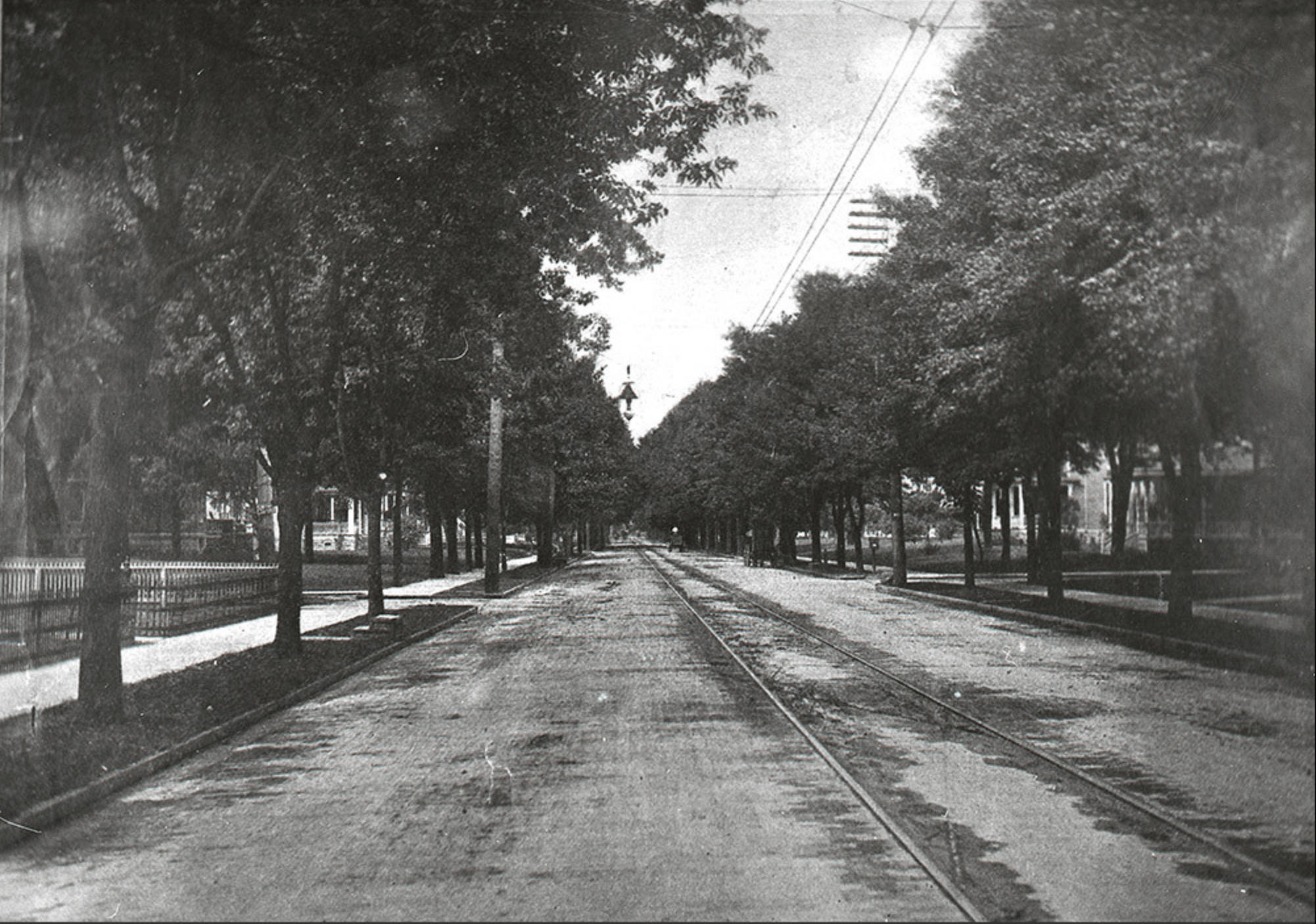
The Hayes challenge
With Findlay out of the way, the next big challenge to Bowling Green’s hopes for the school came from Fremont and the son of former President Rutherford B. Hayes.
Major Webb. C. Hayes offered the state the use of the 84-acre Spiegel Grove site free of charge as well as the historical and classical library that was his father’s. However, the commission needed to be assured of complete ownership over a site, and Hayes was only offering the use of the land, not the full relinquishment, so the offer was passed over in early September 1910. Late in the game, Bowling Green’s neighbor to the north, Perrysburg, tried to get in on the bid for the school by soliciting aid from Toledo and offering the state park of Fort Meigs to the commission.
The Normal School Commission came to Bowling Green to inspect the area on Sept. 23 and 24, 1910. The sites that were recommended by the commission as possible homes for the normal school were:
- The tract of land east of the city, including the city park
- North of town, east of Main Street and north of Poe Road
- South of Gypsy Lane Road and west of Main Street
- The present site of Wood County Hospital.
After their inspection of Bowling Green, the commission moved on to Fremont the next day and by a few weeks later, the tour of possible sites was completed. Four finalists were named: Bowling Green, Fremont, Napoleon, and Van Wert. Fremont was ruled out because of the complications with the Hayes land and Napoleon was declined because it was deemed to have too many bars.
Victory for BG
On Nov. 10, 1910, Bowling Green was chosen over Van Wert by a vote of 3-2. Finally, on Nov. 25, 1910, Gov. Harmon announced Bowling Green for the location of the western normal school and Kent for the eastern. The committee also chose the tract of land in the eastern part of the city that included the city park as the site for the school.
J. Robert Overman, the first faculty member at BGSU, wrote in his book “The History of Bowling Green State University,” “the commissioners were favorably impressed by the attitude shown by the citizens of Bowling Green and felt that the community would give loyal support to the new school.”
Bowing Green City Council later authorized the purchase of 82.5 acres on April 24, 1911, as the site for the new school.
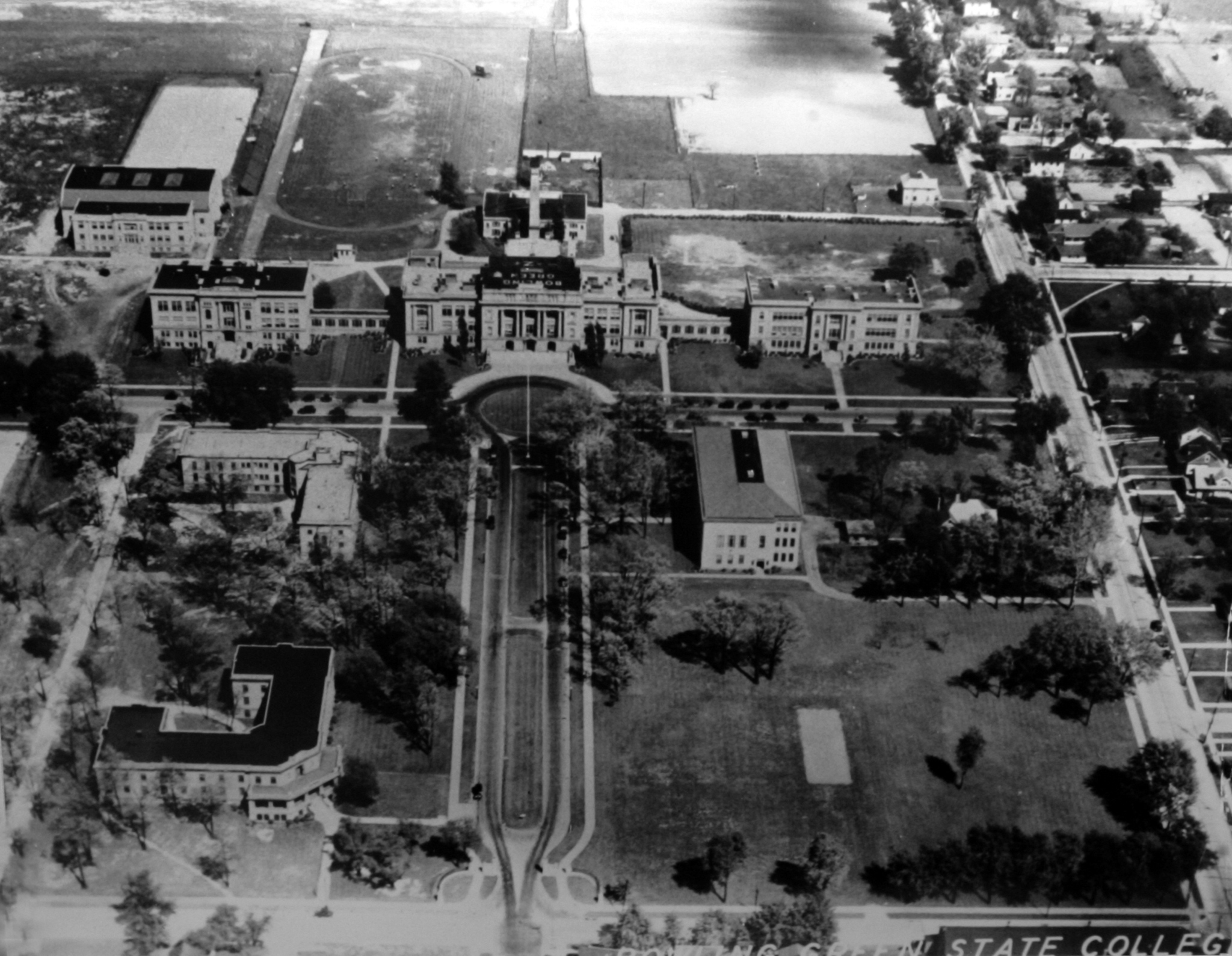

Trustees officially chose the name Bowling Green Normal School on Feb. 16, 1912, and selected Homer B. Williams as the school’s first president. Construction on University Hall started in 1913. Classes began in September 1914, with 10 faculty members providing instruction to 304 students. President Williams also adopted the school colors of burnt orange and seal brown at the recommendation of industrial arts professor Dr. Leon L. Winslow who was inspired by the feathers he saw on a woman’s hat as he rode a trolley to Toledo.
Though education was taking place at Bowling Green Normal School, the first buildings to house students didn’t open until 1915, when North Hall Dormitory (now Williams Hall) opened, followed by the Administration Building (now University Hall).
As we look back and celebrate Founders Day, we pay tribute to those pioneers who braved the tides of opposition and rivalry to lay the foundation for Bowling Green State University. Their vision and tenacity continue to shape our institution, reminding us that the journey from vision to reality is a testament to the enduring spirit of education and progress, forever moving forward.
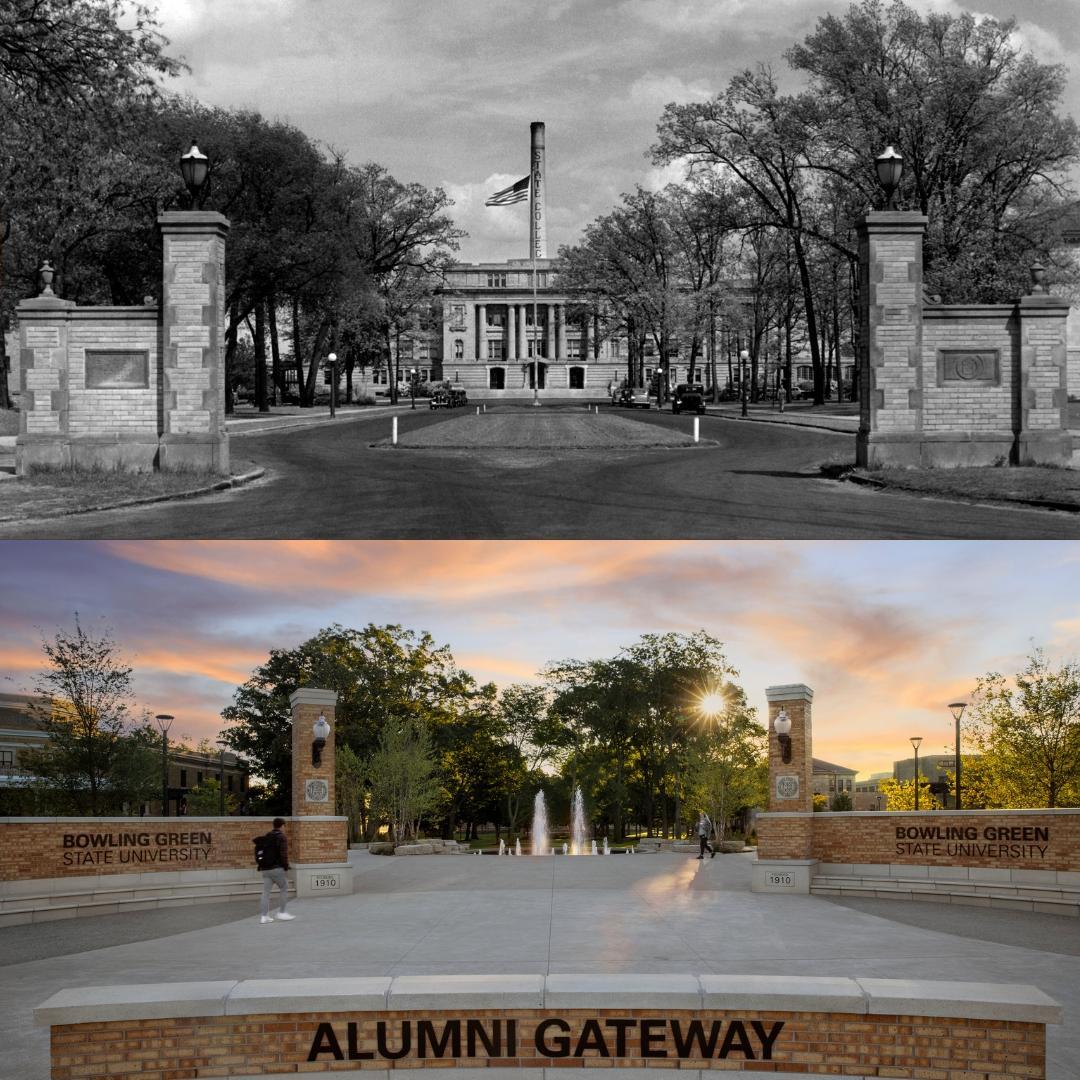
Related Stories
Media Contact | Michael Bratton | mbratto@bgsu.edu | 419-372-6349
Updated: 09/28/2023 08:49AM


